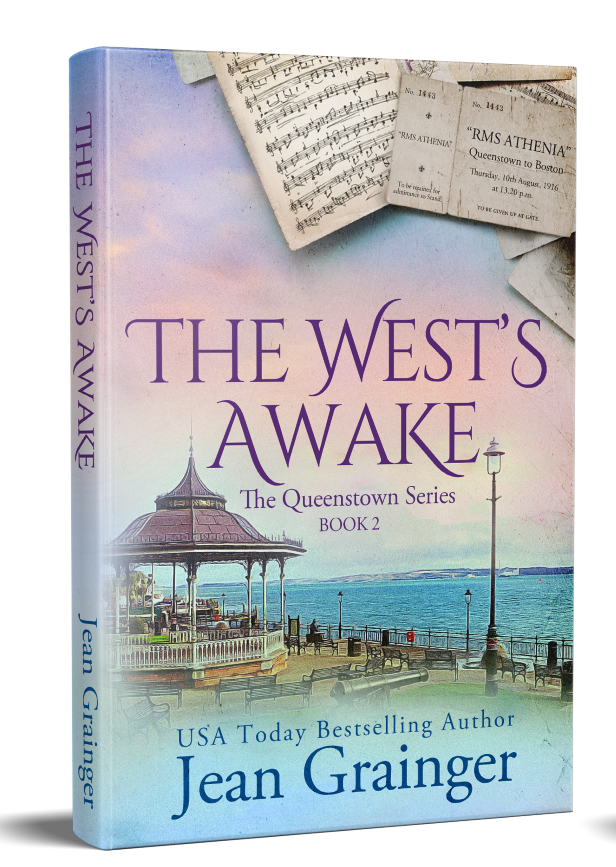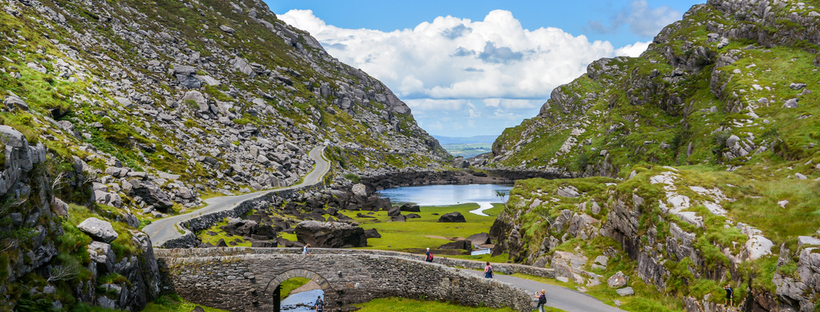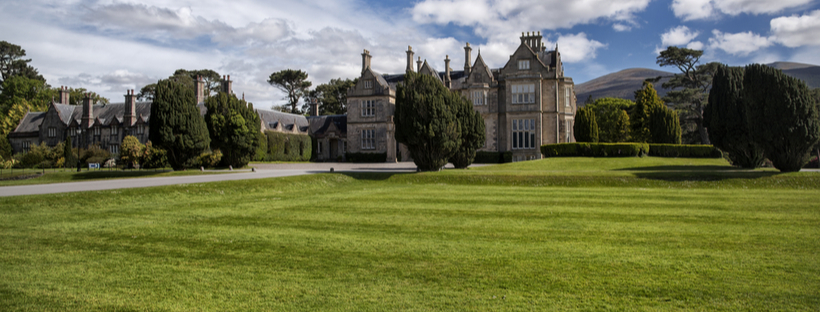
Hello everyone,
I hope you are all well and looking forward to a little bit of normality now that the world is slowly opening up again.
My new book, The West’s Awake, Book 2 in The Queenstown Series is due out in June 2021 so not long to wait now! You can preorder the ebook here: PRE-ORDER THE WEST’S AWAKE.
The first book in that series, Last Port of Call, has been met with such warmth by readers I am truly delighted. The series is essentially about a mother and daughter. It’s always risky not having a romance theme in a book, but this don’t really and still people love it, I’m grateful to say. Harp is an unusual girl, very intelligent and insightful but socially a bit odd, I suppose you could say. Her mother, Rose, is a determined woman trying to maintain a life for herself and her child amid a lot of prejudice and judgement. That added to a very tricky domestic situation which I wont give away. But suffice to say, in this series we meet Ralph Devereaux, the worst baddie I think I ever wrote. 🙂
If you haven’t read it yet, its available here: LAST PORT OF CALL
I’m almost finished draft one of the third book, and I’m really enjoying it. Bad characters are so much more fun to write than good ones.
In the coming weeks, the inter-county ban will be lifted in Ireland and we can travel outside of our county. Being from Cork, we’re lucky as it’s the largest county in Ireland and therefore we have had more scope than other areas of the country but it will still be nice to venture further afield. Our first trip will be to Killarney, an hour or so from our house.
The idea of Killarney without the foreign visitors is a peculiar one, the town is synonymous with tourism and they do it beautifully. The town is right in the middle of the National Park, home to the famous Lakes of Killarney, Mucross House and Abbey and a fascinating collection of old houses and churches, graveyards and gardens. All of this is in the shadow of the McGillycuddy Reeks, the mountain range in which you will find Carrauntohil, Ireland’s tallest mountain at 3414 feet.

This is an image of The Gap of Dunloe, made famous years ago by an Irish Spring soap commercial in the US and Canada. This area came to particular prominence in 1861 when Queen Victoria and her husband Albert, came to visit the area at the invitation of Henry Arthur Herbert, Viscount CastleRosse. The story goes that he almost bankrupted himself making his house, Mucross House, ready for her visit. She had a terror of fire so extra fire escapes and all sorts had to be added.

This is the house. It’s open to the public now, and it really beautiful inside. The funny thing is, and this is a theme I explore a lot in my books, that the history, heritage and architecture of Ireland is inextricably linked to that of England, and to separate the two is close to impossible. Houses such as Mucross were a symbol of the wealth and privilege enjoyed by English land owners at the expense of the indigenous Irish, but it goes so far in to the depths of the past that it is hard to see how they could ever be untangled. Land in Ireland was granted by various English monarchs to loyal subjects over the centuries, often when it wasn’t theirs to give, but those families who settled here have, in many cases, been here for centuries now, so they are as Irish as anyone else. Famously, throughout history, some of the greatest champions of Irish liberation came from the ranks of such families. Commemoration, remembering, acknowledging the wrong doings of the past, is a tricky business and nobody knows that better than we.
Ireland’s last bid for independence began with the Easter rising of 1916, followed by the War of Independence from 1919 to 1921, which precipitated the bitter and still remembered Civil War of 1922-1923. The various events a hundred years ago, are being commemorated now, and well, it’s complicated.
But in another way it isn’t. I’ll visit the National Park, home once to the Lord Kenmare, maybe pop into Mucross House if it’s open, and enjoy the beauty and splendour of that house, the art, the furniture, the tapestries, and neither I nor any other Irish visitor there will feel any resentment or bitterness. That house is owned now by the State, and was gifted to us, the Irish people, by the owner, Arthur Rose Vincent in 1932. A minority would argue that it should never have been built at all, that it, like all of those manor houses, was a symbol of oppression, but either way, it was built, and it stands today, as a beautiful house for all to enjoy.
History can’t be changed, nor, it would appear, do we learn much from it, but the evidence of centuries of British aristocracy is all over this island, and when the tourists flock once more, both foreign and domestic, it is to those beautiful places they will come.
Have a great week,
Le grá agus buiochas,
Jean